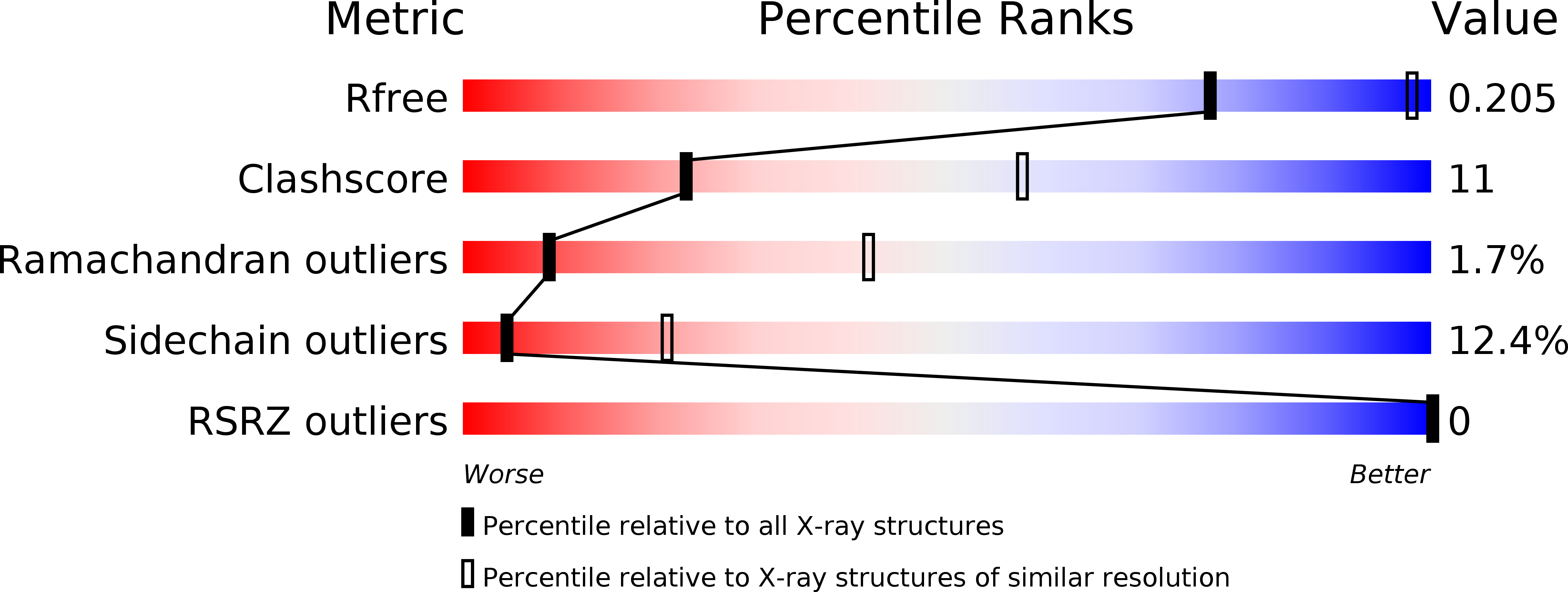
Deposition Date
2012-03-02
Release Date
2012-12-05
Last Version Date
2024-10-16
Entry Detail
PDB ID:
4E06
Keywords:
Title:
Anophelin from the malaria vector inhibits thrombin through a novel reverse-binding mechanism
Biological Source:
Source Organism:
Anopheles albimanus (Taxon ID: 7167)
Homo sapiens (Taxon ID: 9606)
Homo sapiens (Taxon ID: 9606)
Host Organism:
Method Details:
Experimental Method:
Resolution:
3.20 Å
R-Value Free:
0.20
R-Value Work:
0.17
R-Value Observed:
0.17
Space Group:
H 3 2


